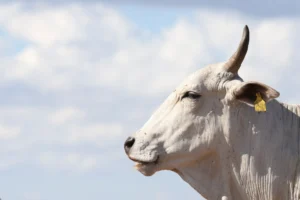
Can COP30 change the future of cows and climate in Brazil?
At COP30, the world’s eyes are on Brazil, and the cattle ranchers leading a global transformation.
Milk is everywhere — but it’s not the same everywhere.
In some places, it’s hand-milked from a water buffalo at dawn. In others, it’s harvested from Holsteins in high-tech barns by robots. Some people drink it raw, some ferment it, and some avoid it entirely.
World Milk Day, created by the Global Dairy Platform, is the perfect time to ask: Why do different countries produce and consume milk so differently — and what does that say about how we feed people, support farmers and address climate challenges?
Here’s what the global milk landscape looks like today.
In many high-income countries, dairy farms are built for scale and consistency, often using automated milking, precision feeding and advanced herd management software to increase efficiency. By leveraging genetics, automation and data, farmers can produce more milk per cow than anywhere else in the world, driving domestic supply and global exports.
To combat growing environmental challenges, innovative climate solutions like methane-reducing feed additives, manure management technologies and carbon tracking tools are being developed and implemented within high-yield systems.
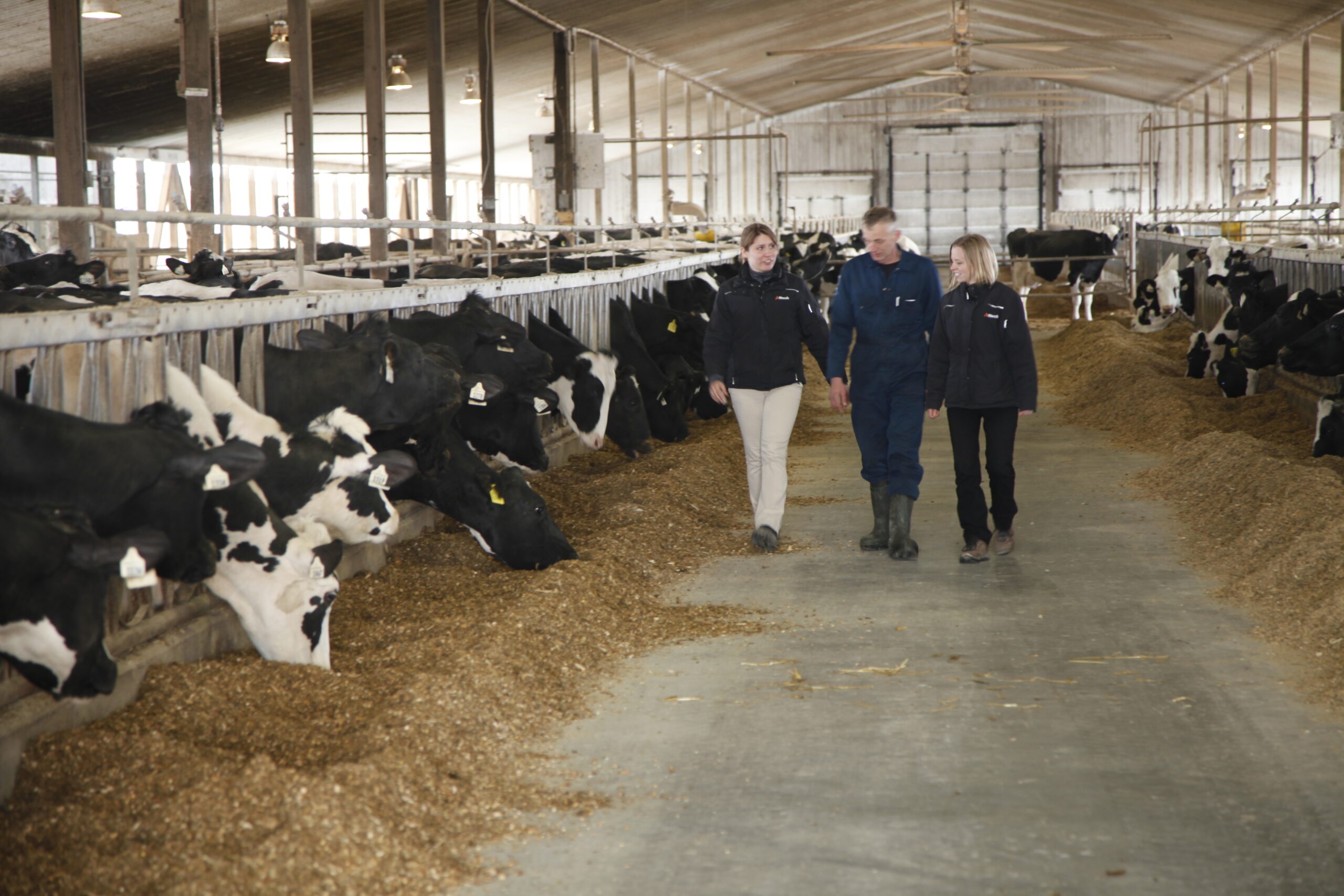
These systems rely heavily on grazing, often incorporating rotation schedules that support forage regrowth, animal welfare and soil health.
While pasture-based practices are used in many parts of the world, countries like Ireland and New Zealand have built their national dairy industries around this approach.
Smallholder systems are the backbone of dairy production across many countries in Africa, Asia and Latin America. These operations are usually family-run, with a handful of animals integrated into broader farming systems.
Milk often supports household nutrition and income, particularly for women, who are frequently responsible for managing small-scale dairy farms. Infrastructure gaps and low productivity, however, can limit opportunities for growth and wider market access.
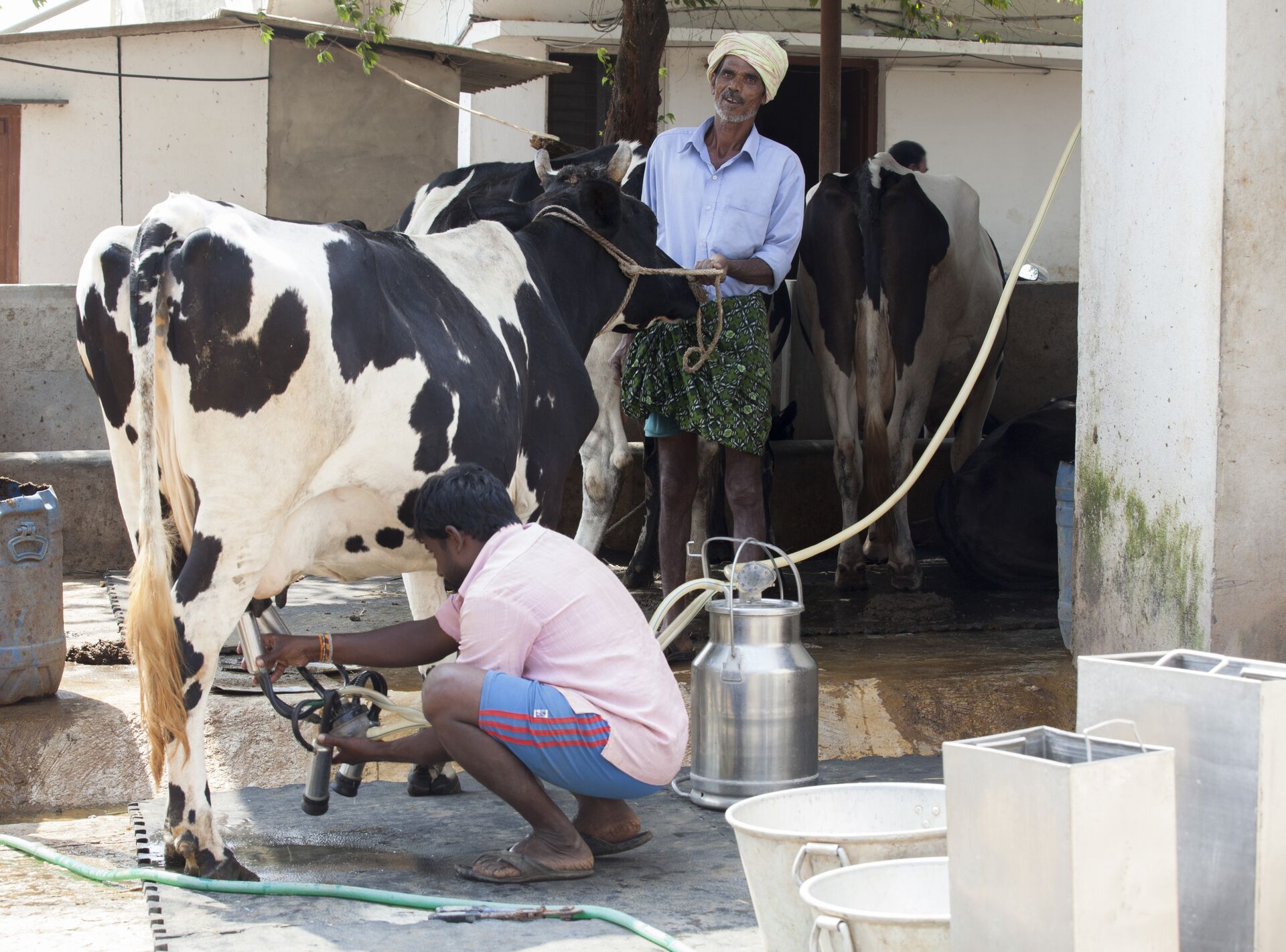
Now one of the fastest-growing dairy markets in the world, China has invested heavily in large-scale, vertically integrated dairy farms to reduce import dependency and meet rising domestic demand.
These farms often draw from Western models in terms of genetics, infrastructure and feeding systems, but they also face region-specific constraints involving such issues as land use pressure, water scarcity and environmental regulation.
Milk consumption looks very different around the world — and it’s influenced as much by history and culture as by access. According to Our World in Data, Europeans consume over 300 kilograms of milk per person each year — more than twice the global average. That includes fluid milk, cheese, yogurt and other dairy products.
In contrast, per-person milk supply in much of Asia and Africa is under 50 kilograms a year. The reasons vary: lactose intolerance, limited cold-chain infrastructure, and different food cultures all play a role.
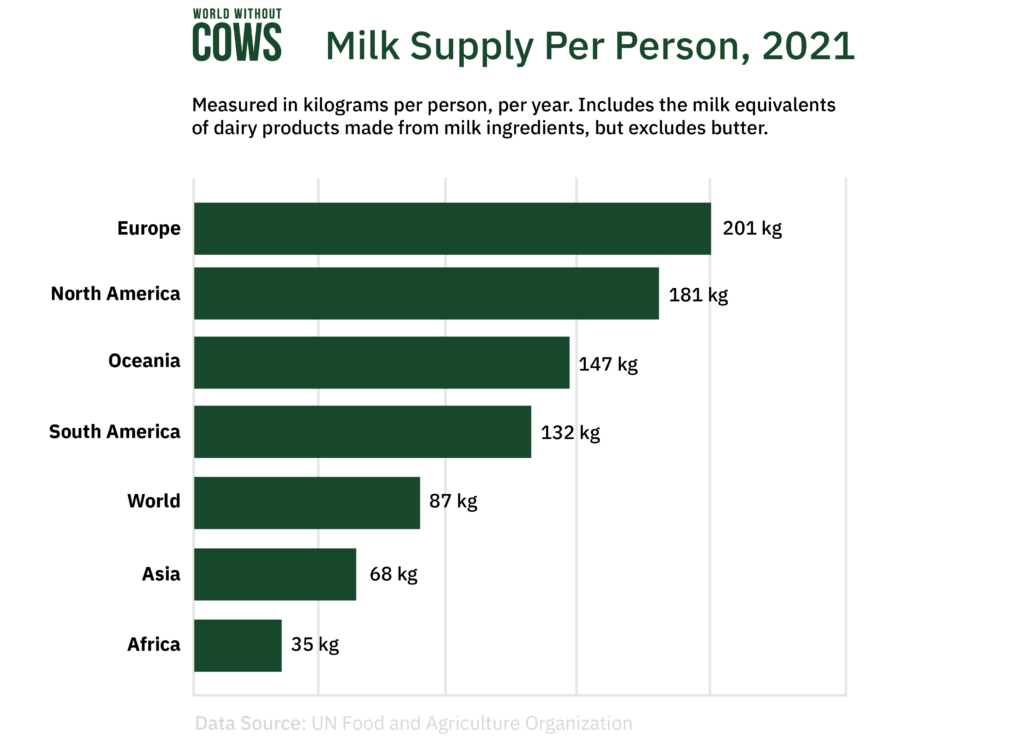
As dairy systems scale, modernize and globalize, farmers face big-picture challenges around climate change, nutrition equity and shifting consumer expectations.
According to the International Dairy Federation, the dairy sector contributes 4% of global greenhouse gas emissions, with milk production, processing and transport accounting for 2.7%. However, despite growing quickly to meet increasing demand — not just for more milk, but for better sustainability, traceability and choice — dairy farming has one of the lowest carbon footprints per unit of animal product. In fact, between 2005 and 2015, dairy producers increased output by 30% while cutting emissions intensity by nearly 11%. till, even as the industry becomes more sustainable and efficient, dairy farmers face growing pressure to further reduce their emissions.
In many low- and middle-income countries, the issue isn’t emissions, though — it’s access. For example, in sub-Saharan Africa, over 50% of milk produced never reaches formal markets due to infrastructure limitations (ILRI). This is especially problematic because dairy is a powerful tool in the fight against malnutrition, offering affordable, nutrient-dense calories in places where diets are often lacking.
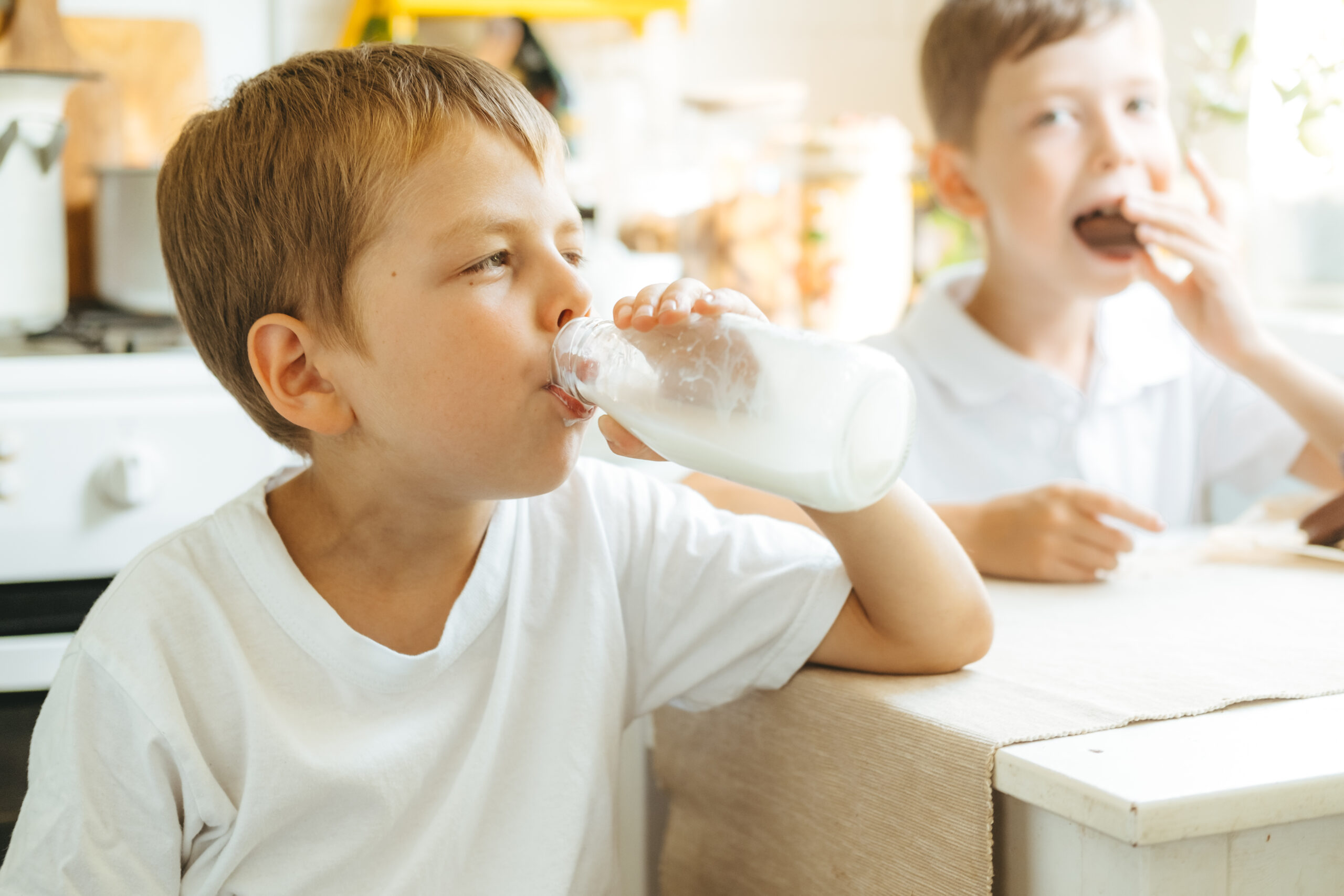
Despite the challenges, dairy farmers are showing that agriculture can be part of the climate solution. Across the globe, producers are adopting tools and practices that reduce emissions, improve soil health, support rural livelihoods and promote food security.
In high-yield systems, methane-reducing feed additives and anaerobic digesters are helping to lower the carbon intensity of each liter of milk.
In underserved regions, solar-powered chillers and mobile milk collection hubs are strengthening local dairy value chains while reducing waste. Women-led cooperatives are improving economic resilience in communities where milk is a lifeline for both income and independence. And around the world, regenerative grazing and pasture-based systems are proving that it’s possible to produce food while also restoring and respecting ecosystems.
Milk is one of the most globally shared and locally shaped foods on Earth. How we produce it, consume it and think about it will continue to evolve. One thing is clear: dairy has a role to play in feeding people, supporting communities and addressing climate challenges. But only if we back the farmers, scientists and communities leading the way.
Request a screening of World Without Cows to bring the conversation to your community.
*Note on yield comparisons:
Average annual milk yield per cow varies widely by country due to differences in breed, climate, farm structure and data reporting. Figures included here are based on the most recent available national averages from sources such as the FAO, the USDA, government agencies and industry reports. Where multiple values existed, national-level data from reputable sources was prioritized.

At COP30, the world’s eyes are on Brazil, and the cattle ranchers leading a global transformation.

Restoring 40 million hectares of pasture could feed billions and ease pressure on the Amazon. Is the world paying attention?
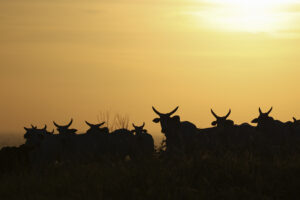
New mini-doc explores deforestation, food security and the Brazilian cattle sector’s path to a more sustainable future
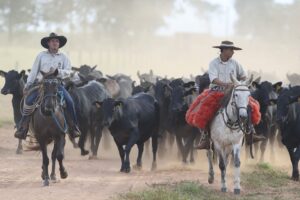
Mention Brazilian beef, and you’re likely to spark discussion about familiar themes: deforestation, emissions and blame. What do we find when we dig deeper? Here are the answers to five top questions about Brazil’s role in protecting the Amazon and feeding the world.
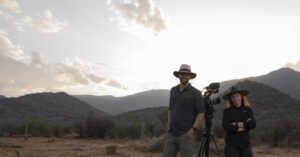
From science to the big screen: Discover how a single question grew into a global journey.
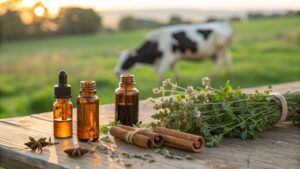
The role of essential oils like thyme, oregano and clove in reducing methane emissions from cattle.
As climate change intensifies and the world’s population continues to grow, the pressure on our global food production system mounts. You can play an active role in shaping a more sustainable planet for future generations. Fill out the form below to learn more about how you can partner with us.
Receive notifications about the release date, new online content and how you can get involved